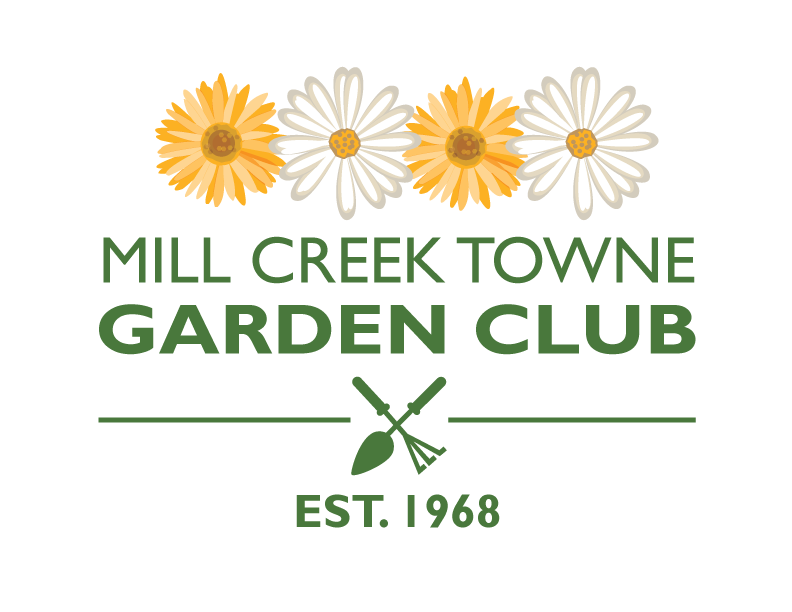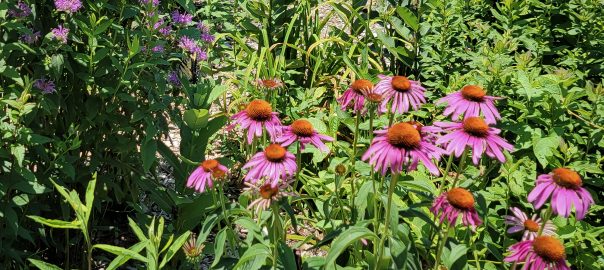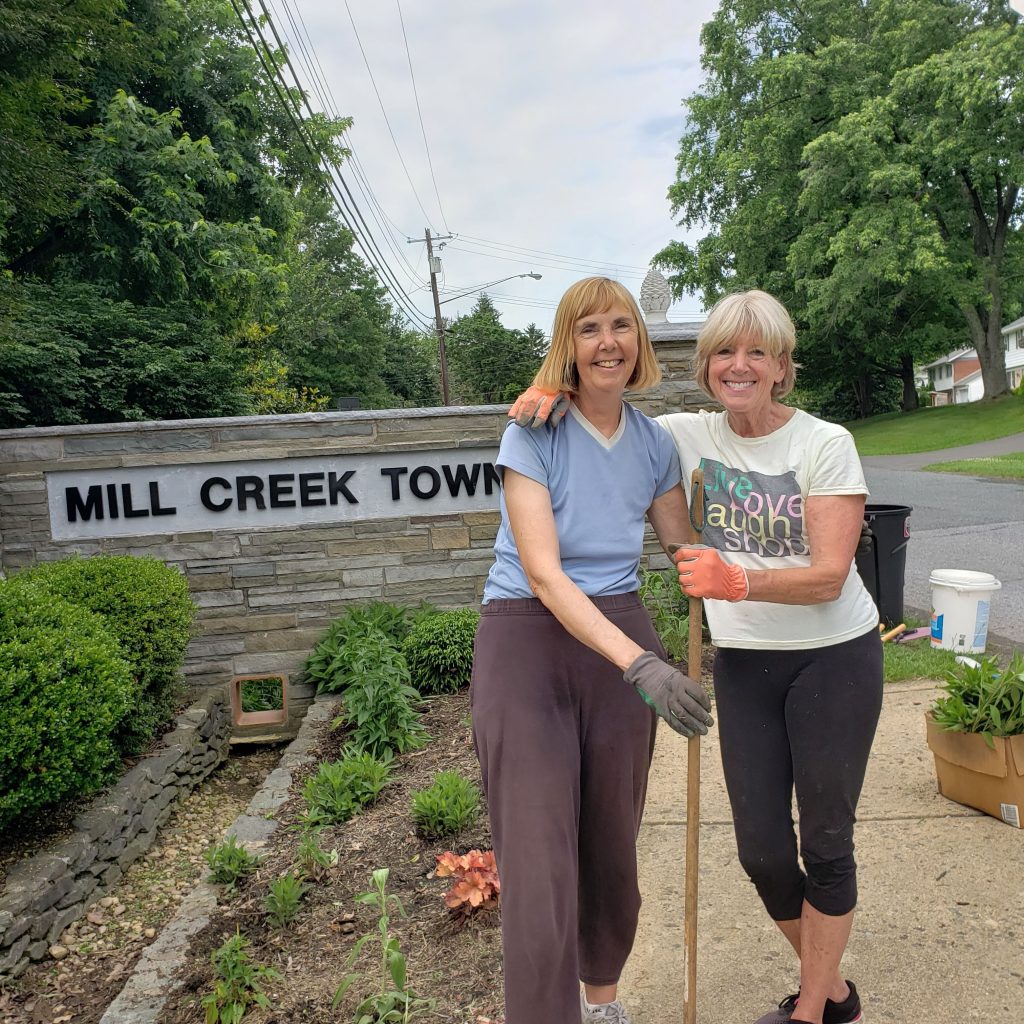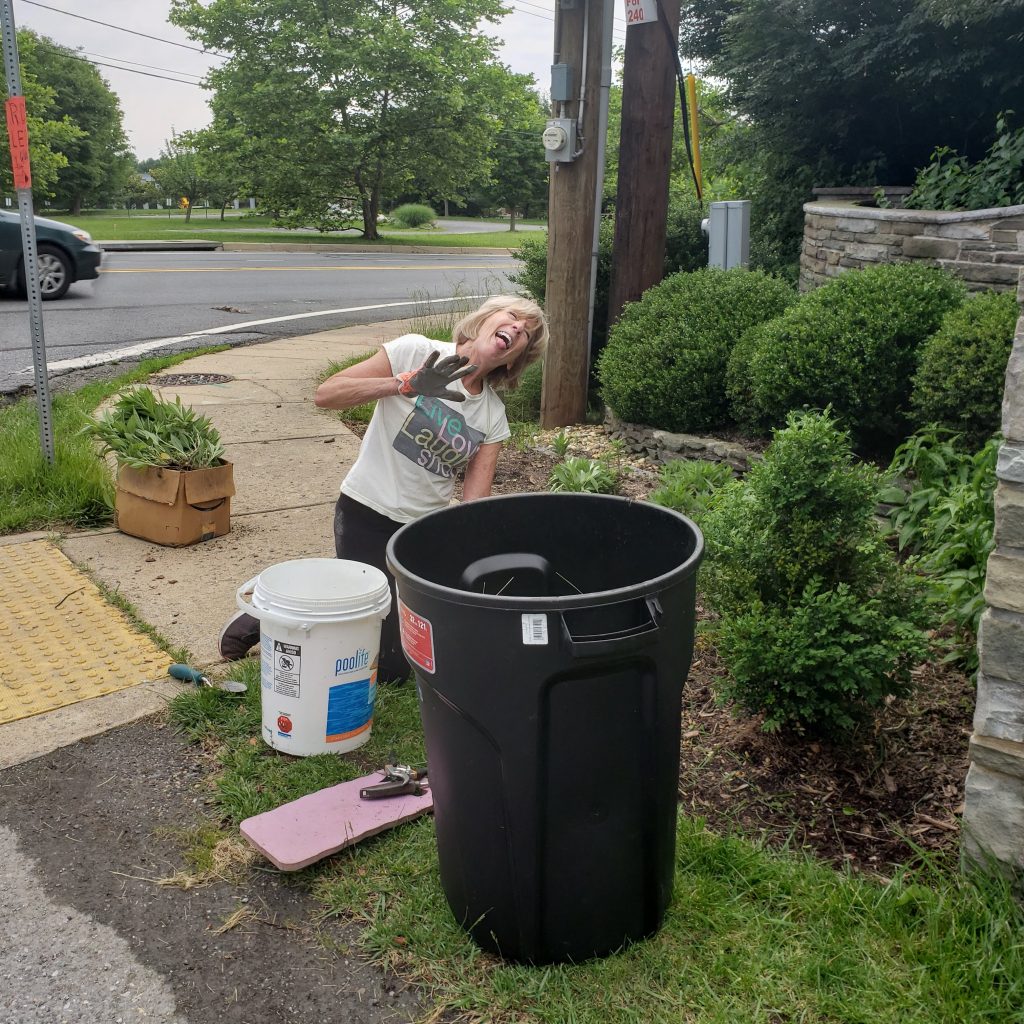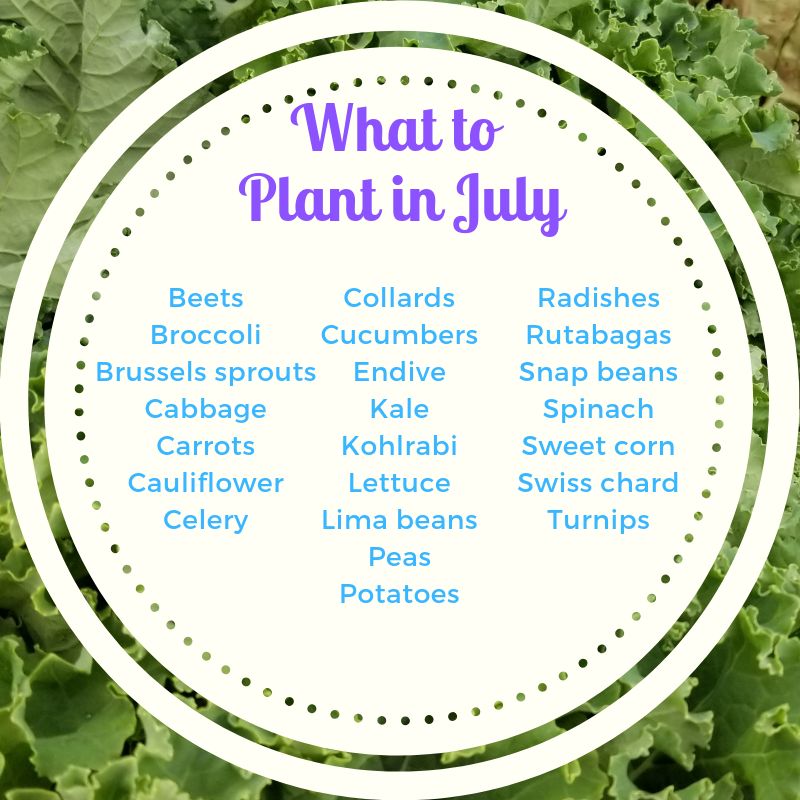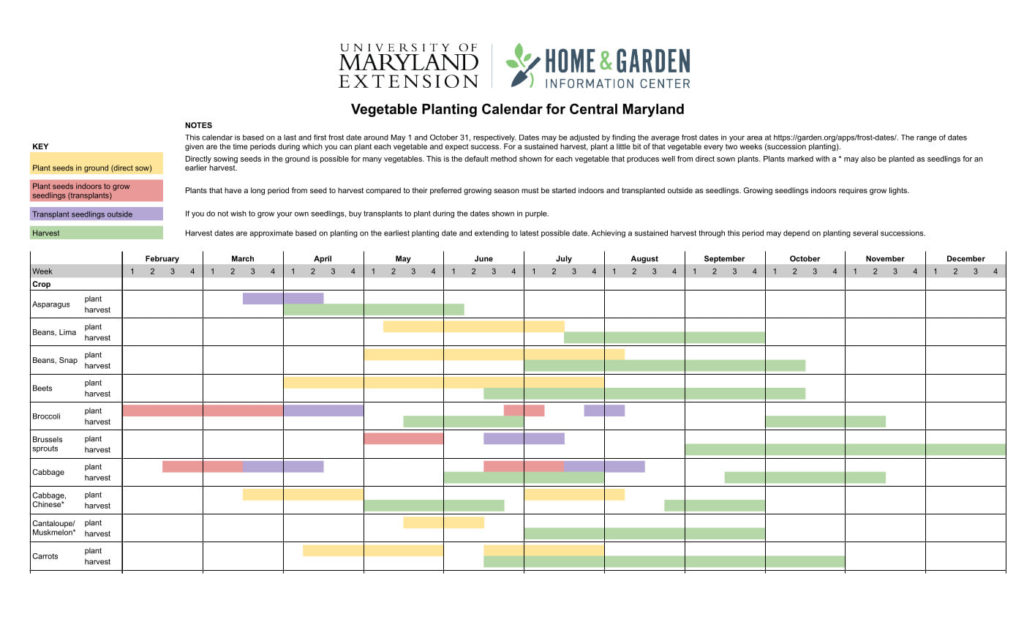Hello Friends, Neighbors, Fellow Gardeners,
Happy July! Hope you are staying cool and enjoying watching your flower and vegetable gardens grow! Don’t forget to support our local farmers by visiting our local farmer’s markets and local farms! Make sure you have your gardens taken care of when you plan your summer trips. 🌞🌼 Here are some garden tips, educational opportunities, and videos for July. This includes some events from U.S. Botanic Garden, Master Gardeners of Montgomery County, and Maryland Gardens. A lot of gardening events are announced on Facebook and we share them on our Facebook page as well as on our mctgardenclub.org website. Some upcoming events include IPM for Backyard and Community Vegetable and Fruit Growing webinar, Septic Field Landscaping webinar, Woodland & Wildlife Wednesday, Montgomery County Master Gardener Virtual Question & Answer Program, Farm Tour 2022, and more! Have some spare rocks you can donate? We need rocks for the Miller Fall entrance! See below for details.
We’ve been busy gardening!
We’ve been busy gardening and maintaining the Mill Creek Towne entrances (Miller Fall Road and Roslyn Avenue) this summer. We appreciate your donations to help us keep going! To learn how you can make a donation to help us, please visit our website. Stay tuned for announcements for our community events this fall and next spring!
Rocks Needed for Miller Fall Entrance!

On Miller Fall Road, as you exit Mill Creek Towne to Muncaster Mill Rd, the bed on the right is being eroded by rains. To prevent further erosion we need 3 in. – 5 in. rocks to channel runoff as well as placing some under the opening in the wall which is breaking down. Let us know if you can help! Thanks! Beth G (301) 518-2058 | www.mctgardenclub.org | info@mctgardenclub.org
Miller Fall Road and Muncaster Mill Road, Derwood, MD
Planning Tips
- Check out garden centers for discounted house plants.
- Take photos and update your garden journal.
- As the heat and humidity move in, take it easy by working in the morning or early evening to avoid intense sun and humidity. Leave the big projects for this fall. For now, just concentrate on maintaining the beds you’ve already established and nurturing new plantings.
- Plan for 2022 with these Free resources: Landscaping with Native Plants by the Maryland Native Plant Society, Plant Invaders of Mid-Atlantic Natural Areas by the National Park Service, Master Gardeners of Northern Virginia Reading Room. Visit our Online Gardening Resources page for more helpful online resources.
- Buy a good gardening book or magazine subscription for a gift for your favorite gardener.
- Have a question about gardening? Check the University of Maryland Extension’s New Maryland Grows blog for garden tips.
Master Gardener Plant Clinics
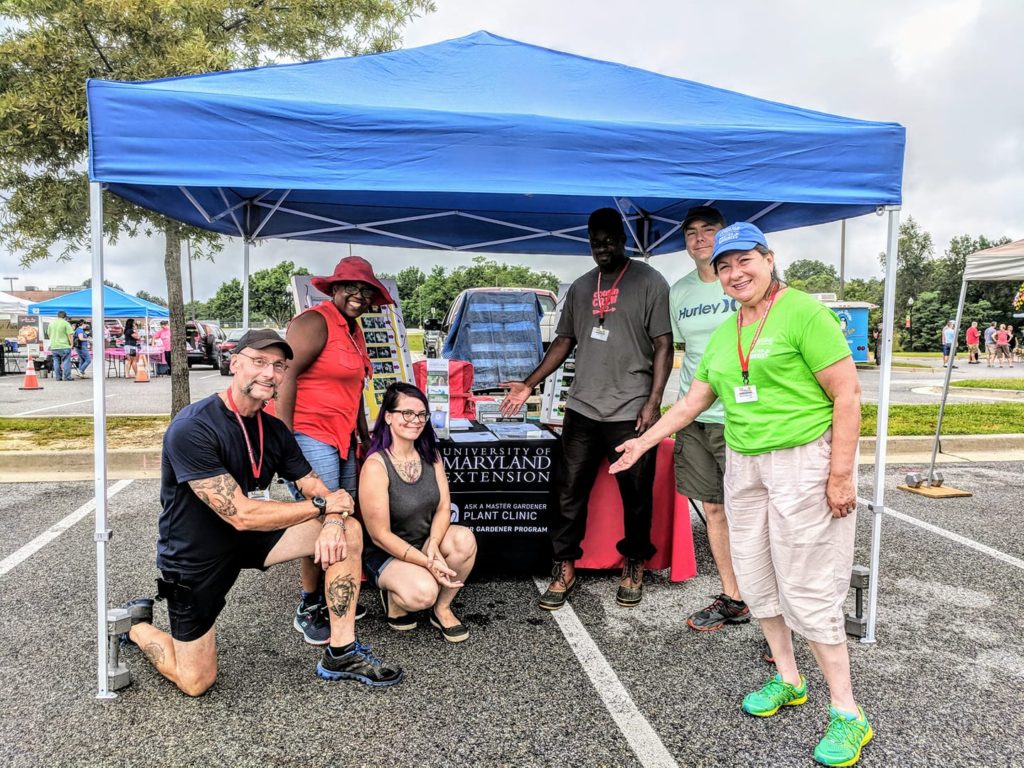
“Ask a Master Gardener” Plant Clinics are returning to several county locations in Maryland. Bring your plant and gardening questions and get answers from Master Gardeners trained by the University of Maryland Extension. Check out the details in your county: https://extension.umd.edu/programs/environment-natural-resources/program-areas/home-and-garden-information-center/master-gardener-program/local-programs
 |
|
What can Master Gardeners do for you?
- Help you select and care for annual and perennial plants, shrubs and trees.
- Determine if you need to test your soil.
- Provide you with information on lawn care.
- Identify weeds, beneficial and noxious insects, and plant diseases and remedies.
- Teach you how to use pesticides, mulch and compost.
- Guide you in pruning trees and shrubs.
- Provide you with options for managing wildlife.
- Provide you with gardening resources.
- Help you submit a plant sample for diagnosis
Plant Clinics are held at several sites in the county on a weekly basis and at special events such as garden festivals and the county fair. Regularly scheduled Plant Clinics are located at public libraries and farmers’ markets throughout the county as well as at the Audubon Naturalist Society in Chevy Chase. There are also clinics three days per week at Brookside Gardens. The busiest season is April through September, but some clinics are open year-round. Bring your plant samples and questions to one of these locations in Montgomery County, MD (see link below to find a location near you):
https://extension.umd.edu/mg/locations/plant-clinics
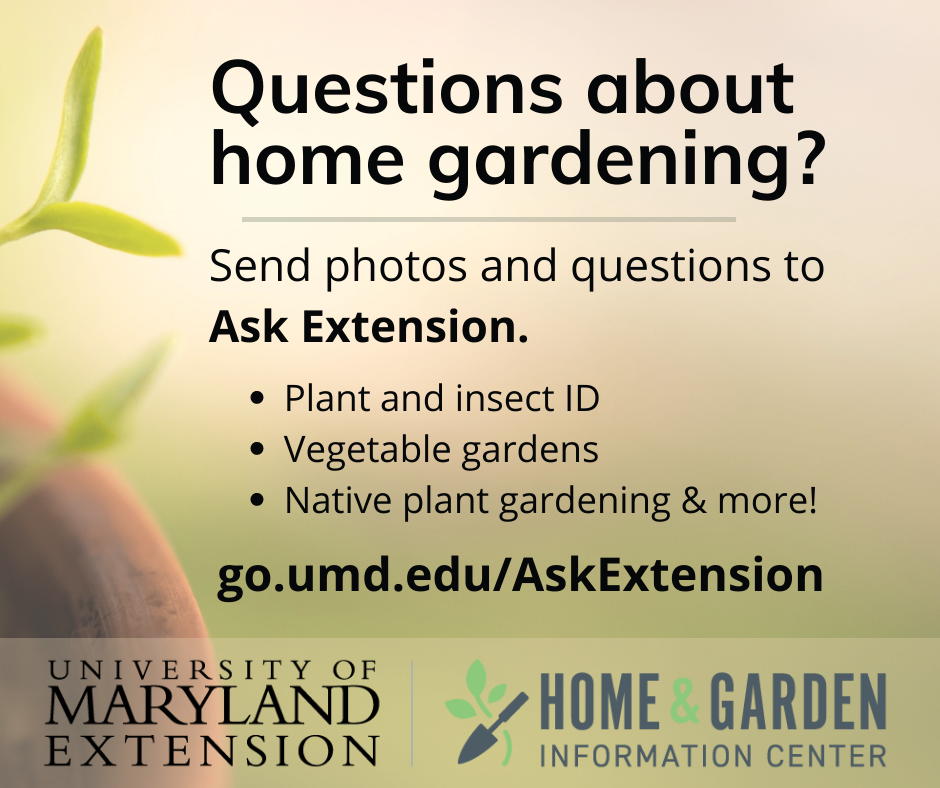
Home Gardening – Ask Extension Online
Do you have questions about when to plant, how to plant, or… is something wrong with your plants? We can help with all of that and help you succeed in growing a healthy garden this summer! Send your questions and photos to Ask Extension and you’ll get an answer from our team of certified horticulturists, Extension staff, and Maryland Master Gardeners. https://go.umd.edu/AskExtension
New Gardening Books
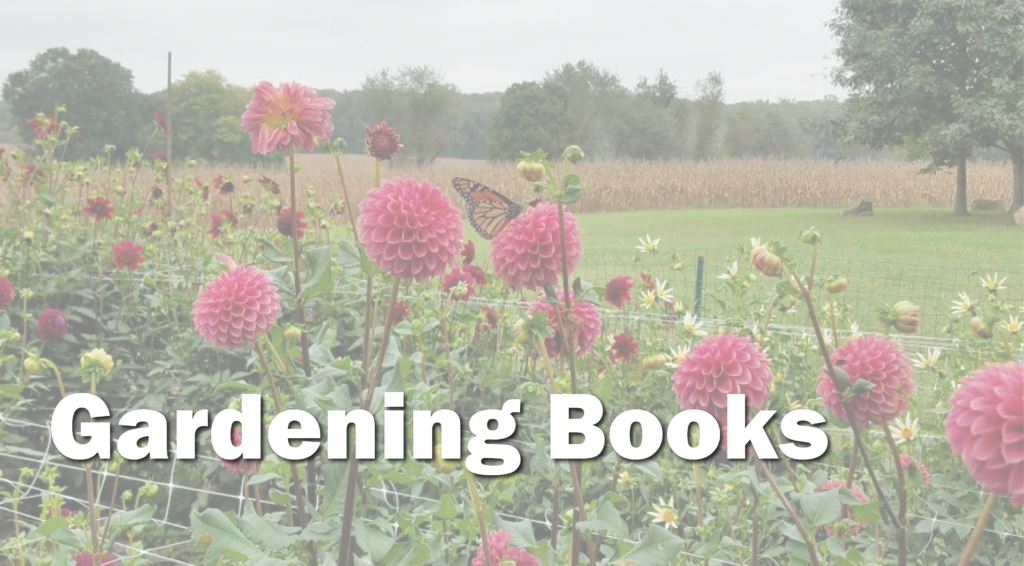
Online Gardening Resources

Online Garden-to-Table Recipes

There are many resources for recipes to make from your garden crops including seed companies, local farms, and online recipe cookbook catalogs. If you grow vegetables, these are very useful resources as the recipes feature the very plant you are growing. Here are few links to recipes you can make from your garden crops
Local Farms
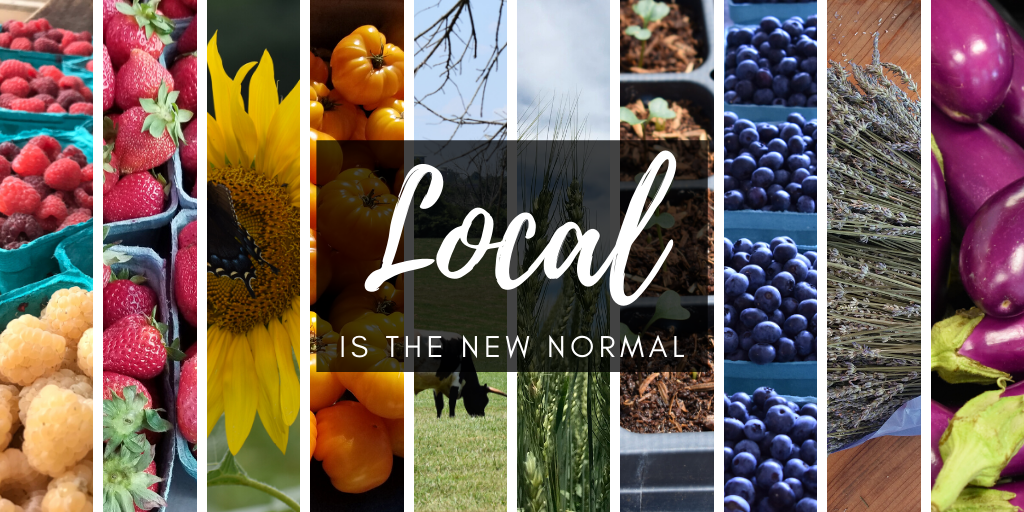
#LocalIsTheNewNormal #BuyLocal
- Support Our Local Farmers – Join a CSA and have fresh local produce delivered to you!
- Visit a local farmers’ market.
How to Support Farmers and Safely Shop at Farmers’ Markets

Montgomery County MD Food and Beverage Guide
The 2022 MoCo Food & Beverage Guide is here! The 4th edition of the Guide from the Montgomery County Food Council is out – delicious baked goods, prepared foods, condiments and more. The craft beverage list grows each year and find two dozen local and amazing farms:

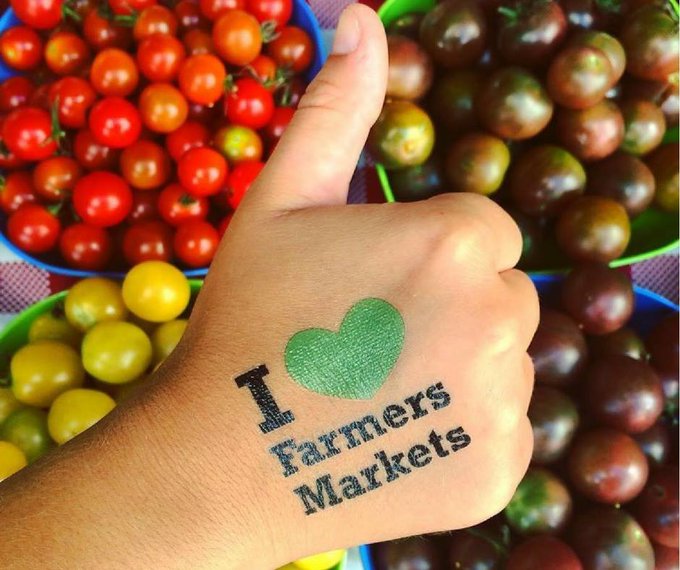
Download Montgomery County’s Office of Agriculture 2022 Farmers Market Flyer to find a farmer’s market near you.
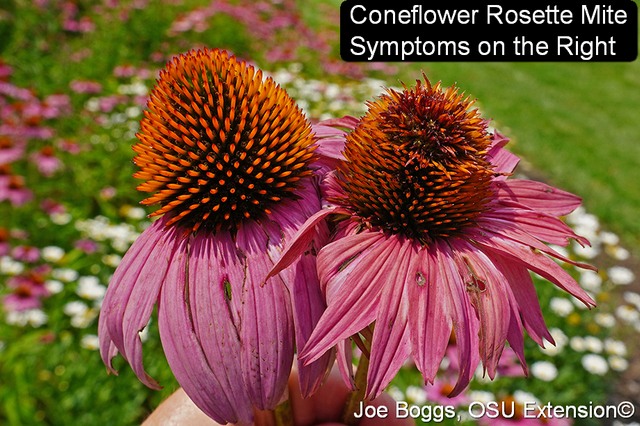
Purple coneflowers are a popular and beautiful addition to perennial flower gardens. Occasionally the flowers can be disfigured by mites or aster yellows. This resource from Ohio State University explains the differences between the two pests and and how you can manage them using good sanitation practices. https://bygl.osu.edu/index.php/node/2006
Photo: Joe Boggs, OSU Extension
Flowers and Groundcovers
- Don’t fertilize plants that slow down in the heat, but keep them watered.
- Fertilize lightly plants that are blooming heavily.
- Cut back spent stalks on common daylilies.
- Divide and cut back bearded iris.
- Check your container plants and keep them well-watered.
- Deadhead spent flowers to encourage reblooming.
- Cut a few flowers to enjoy in your workplace or home.
- Pinch buds of fall-blooming plants (asters, mums, Joe-Pye weed).
- Water transplants deeply when dry.
- Pinch out tips of leggy plants.
- Stake tall plants.
- Hand-pick Japanese Beetles or shake them off over a bucket of soapy water. Early morning is a good time to catch them, while they are still drowsy.
- Spray roses with Neem oil every two weeks.
- Feed your roses and new plantings with slow-release fertilizer sparingly.
- Plant and prune roses.
- Check for black spots on your roses – remove and discard any affected leaves in the trash, never back into your garden or in your compost – apply fungicide with Neem oil every two weeks during the growing season.
- Tie up clematis and other fast-growing climbing vines.
- Pests to watch for: Aphids, 4-lined plant bug, spidermites, whiteflies, Deer, slugs, snails.
- Diseases to watch for: Damping off of seedlings, Botrytis on peonies, Volutella blight on pachysandra.
- See UMD’s HGIC Garden Tips for more details.
- For a list of native plant resources, visit: https://extension.umd.edu/hgic/topics/native-plant-resources
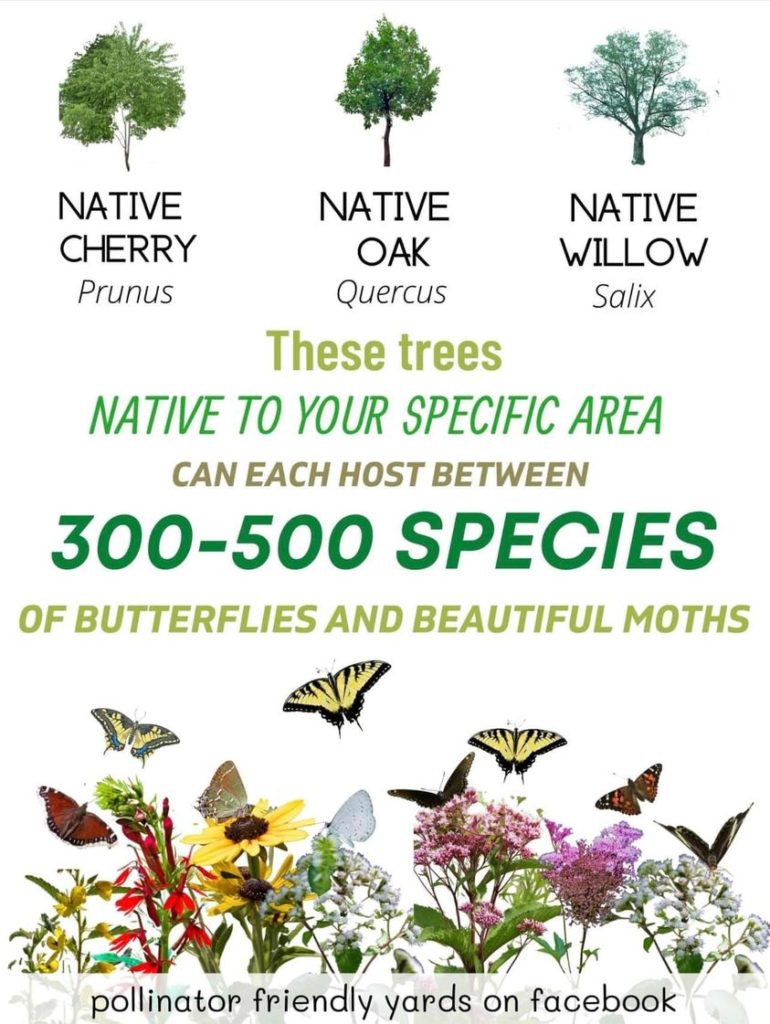
THIS is the SUPERPOWER of YOUR KEYSTONE NATIVE PLANTS.
- No exotic plant could ever achieve this.
- Want butterflies? Feed the caterpillars with keystone plants!
- Exotic plants will never support as many different species of caterpillars as the Keystone Natives can.
- Find your keystone native plants here by zip code.
If your zip code doesn’t give you enough information try zip codes of the nearest larger town or city. LINK: https://www.nwf.org/NativePlantFinder/
Trees and Shrubs
- Prune foundation shrubs and trees to be no closer than 1 foot from the house.
- Prune and thin shrubs that have already flowered.
- Take cuttings from azaleas, boxwoods, and camellias to start new plants.
- Cover berry bushes and fruit trees with bird netting.
- Fertilize your azaleas and rhododendrons and monitor them closely for any lacebug damage.
- Take soft cuttings of plants to propagate.
- Plant and transplant shrubs that have finished blooming.
- Check often and water newly planted trees if they don’t pass the finger test (stick your finger deep into soil – dry? Water!)
- If you must mulch, remove old mulch and then add 2″ – 3″ shredded pine or pine needles, keeping 3″ away from trunk.
- Remove Ivy, Pachysandra, and other vine-like groundcover from under shrubs.
- Soil test established trees that have not been performing well.
- Keep mowers and trimmers away from trunks!
- Mulch or compost healthy leaves.
- Soil test established trees that have not been performing well.
- Put diseased leaves, pesticide-laden grass clippings and weed seeds out for recycling rather than the compost pile.
- Spray with dormant oil to decrease pest infestations.
- Remove dead and dying trees.
- Pests to watch for: azalea lacebug, bagworms, borers, caterpillars, gypsy moths, Japanese bettles, scale, sawfly, spidermites, leafminers, voles, and deer.
- Diseases to watch for: Powdery mildew.
- For more tips, see UMD’s HGIC Garden Tips for more details.
What to Plant in July
Do you know what you should plant in July? Rutabagas, beans, spinach, and sweet corn are just a few. Keep in mind some of the vegetables on this list are transplants. Check out the UMD Extension Home & Garden Info Center for more details: https://extension.umd.edu/resource/when-plant-vegetables
Vegetable Planting Calendar
Download vegetable planting calendars from University of Maryland Extension, in English and Spanish. This page also has a link to a frost/freeze date calculator.
Herbs, Veggies, and Fruit
- Remove finished plants.
- Plant heat-tolerant vegetables (Malabar spinach, Swiss chard).
- Sow seeds of fall crops such as brocolli, turnips, cauliflower, etc. in late July.
- Pick blueberries at a local pick-your-own farm or visit a local farmer’s market.
- Water deeply when needed.
- New fruit plants: keep watered their first spring, summer, and fall.
- Harvest strawberry beds daily.
- Dig up garlic when tops turn brown. Let dry in sun, then store.
- Plant tender transplants: tomatoes, peppers, eggplant, okra, sweet potato.
- Sow seeds of: beets, beans, cucumbers, pumpkins, and squash for fall harvest.
- Keep all transplants watered deeply for 2-3 weeks.
- Put in supports for tomatoes and tall-blooming plants.
- Divide perennials and herbs. Pot up extras and give away at plant swaps.
- Thin seedlings.
- Harvest your herbs often and keep them trimmed back to encourage leafy growth.
- Apply dormant oil spray to fruit trees.
- Pests to watch for: Asparagus beetle, aphids, birds, cabbage worms, cutworms, deer, Japanese beetle, rabbits, woodchucks.
- Diseases to watch for: Apple scab, Cedar-apple rust, fungal, bacterial, viral diseases.
- Here are some more UMD’s HGIC Garden Tips.
Lawns
- Mow in the early evening.
- Water established lawns deeply but infrequently.
- Mow high to reduce weeds and stress: Fescue & Bluegrass: 3″ – 3 1/2″, Zoysia: 2″
- Control wild onions in warm season turf with broadleaf weed control.
- Clean yard of all leaves and other debris.
- Turn your compost pile.
- The annual soil science calendars from the Natural Resources Conservation Service are both educational and beautifully done. The one for 2022 as well as those for previous years are available as free PDFs here: https://www.nrcs.usda.gov/wps/portal/nrcs/detail/soils/edu/?cid=nrcseprd1250008
- Diseases to watch for: brown patch, and red thread
- Pests to watch for: Grubs
- See UMD’s HGIC Garden Tips for more details.
Indoors/Houseplants
- Repot and fertilize houseplants when new growth begins.
- Change water in cuttings started last fall and add 2-3 pieces of fish tank charcoal.
- Do not over water house plants.
- Check on your container plants daily and keep them well-watered.
- Rotate houseplants to promote even growth.
- Remove old leaves, damaged stems.
- Pinch out growing tips of leggy cuttings and plants that are overwintering.
- Clean the leaves of your indoor houseplants to prevent dust and film build-up.
- Pests to watch for: aphids, spider mites, mealybug, scale, and whitefly.
- See UMD’s HGIC Garden Tips for more information.
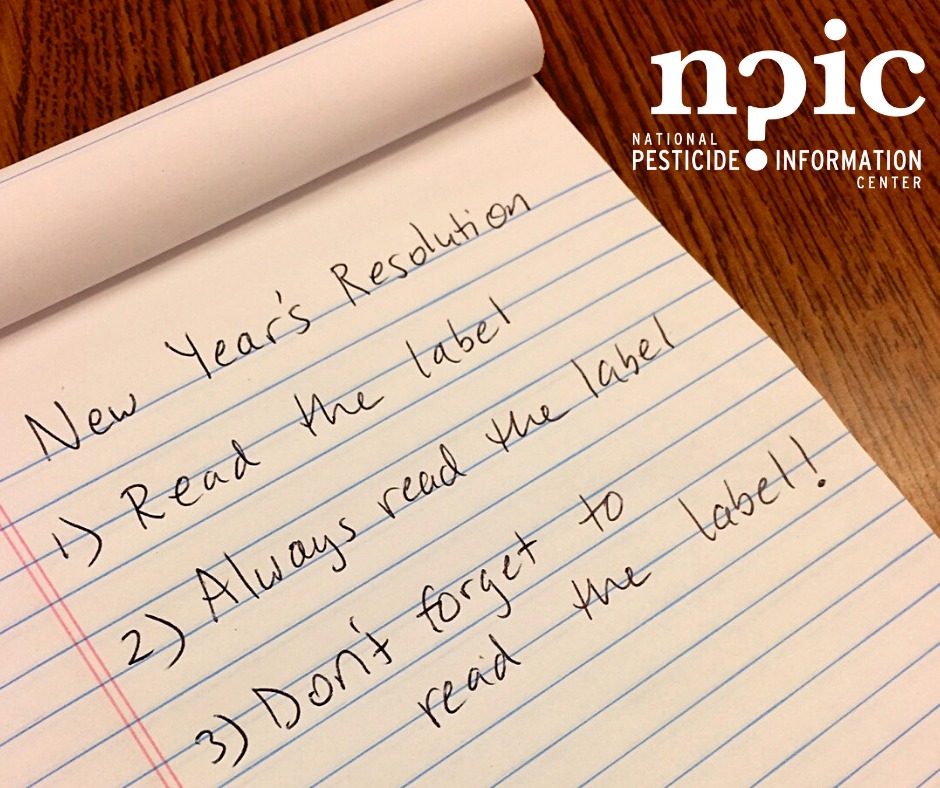
Read and follow label instructions on all pesticides and herbicides.
Start the year off by minimizing your #risk to #pesticides and always #ReadTheLabel! Learn more here: http://npic.orst.edu/health/readlabel.html
Questions about your label? Call us! 800-858-7378 M-F 8am-12pm PST
Indoor/Outdoor Insect and Wildlife Tips
- Watch for insect and disease problems throughout your garden.
- Caulk and seal your outside walls to prevent insect entry into your home.
- Ticks are very active now.
- Check your plants at night with a flashlight for any night-feeding insects like slugs.
- Look out for slug eggs grouped under sticks and stones. They are the size of BBs and pale in color.
- Put out slug traps around your vulnerable edibles and hostas.
- Leave hummingbird feeders out until October 15th.
- Make hummingbird food by boiling two cups sugar in four cups of water.
- Put up birdhouses.
- Put suet out for birds.
- Keep bird feeders clean and filled.
- Change the water in your birdbath daily and throw the Mosquito Dunk (or bits) into any standing water.
- Switch your deer deterrent spray.
- Set out traps for mice, moles, and voles.
- Watch for: carpenter ants, flies, mosquitos, stink bugs, termites, rabbits, raccoons, groundhogs, deer, mice, moles, snakes, squirrels, and voles.
- For more information, see UMD’s HGIC Garden Tips.
Source: University of Maryland’s Home and Garden Information Center (HGIC) and the Washington Gardener.
Home & Garden Information Center Tips and Tasks
Support Our Local Farmers – Join a CSA and have fresh local produce delivered to you!
CSAs are seeing record numbers of subscribers http://ow.ly/eiQT50zD5lW – find your farmer here: http://ow.ly/jbO250zD56M
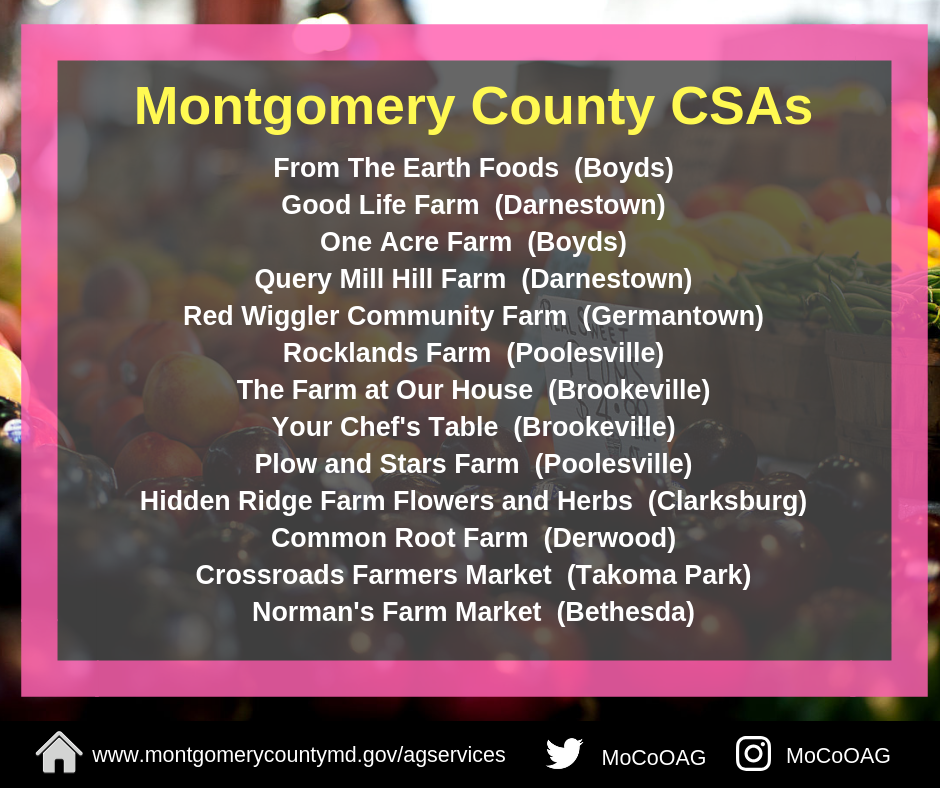
CSAs can take many forms, but essentially they are community supported farms in which members contribute to farming projects, usually by way of membership fees, in exchange for fresh, local produce. The concept came to the United States from Europe in the 1980s. They are a great way to take advantage of fresh, locally grown fruit, vegetables, herbs, and more while supporting nearby farms. Each one is different, some offer pickup locations in urban areas, some offer only farm-based pickups.
There are multiple CSAs located around the County offering a wide variety of products. CSAs begin taking sign-ups for spring and summer seasons in the early part of the year, and they tend to fill up FAST! Know of another CSA not on our list? Let us know! Montgomery Countryside Alliance also maintains a list:
http://www.mocoalliance.org/community-supported-agriculture.html
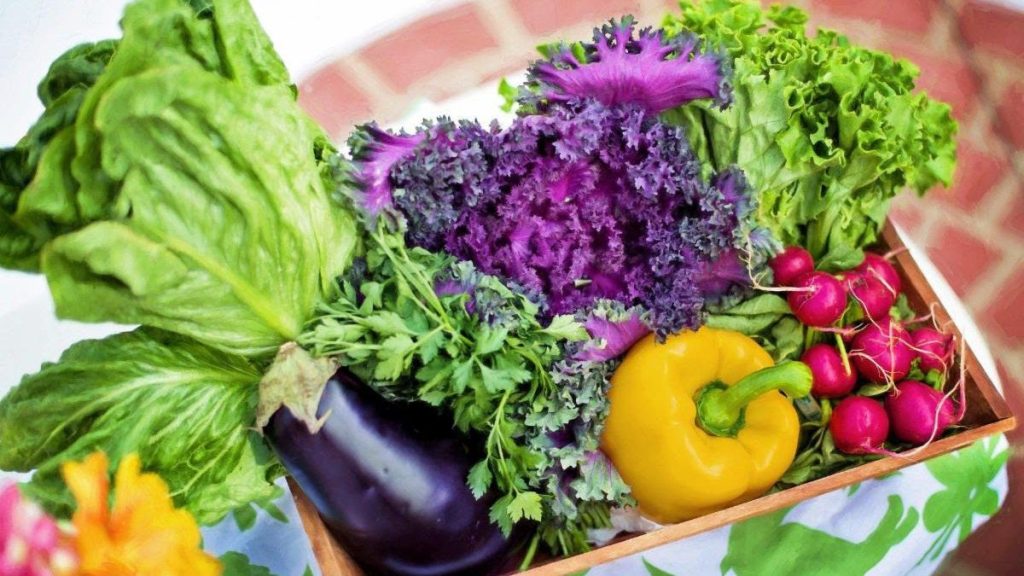
IPM for Backyard and Community Vegetable and Fruit Growing
Tuesday, July 19th, 2022 | 9 am – 12 pm | Virtual over Zoom | Free
Join Extension Vegetable & Fruit Specialist and HGIC Director Jon Traunfeld to learn the latest organic IPM techniques for your fruit and vegetable gardens!
Montgomery County Master Gardener Virtual Question & Answer Program

“In the Garden”
Streaming on Facebook Live on the First and Third Tuesdays of the Month. Next “In the Garden” session is on Tuesday, July 5 and 19, 2022 on Facebook at 12 Noon ET. Live Q & A and Recording available at:
Woodland & Wildlife Wednesday
Wednesday, July 20 at 12 noon.

Join us for our next Woodland & Wildlife Wednesday at 12 noon on July 20. Bud Reeves from Anne Arundel County Weed Warriors will present a talk entitled “Weed Warriors- Invasive plants in the woods and control methods.” The webinar is free but registration is required. Visit go.umd.edu/woodlandwildlife for more information. And be sure to check out recordings of our earlier webinars on our website!
FREE Septic Field Landscaping Webinar
Saturday, July 23, 2022
10:30 am
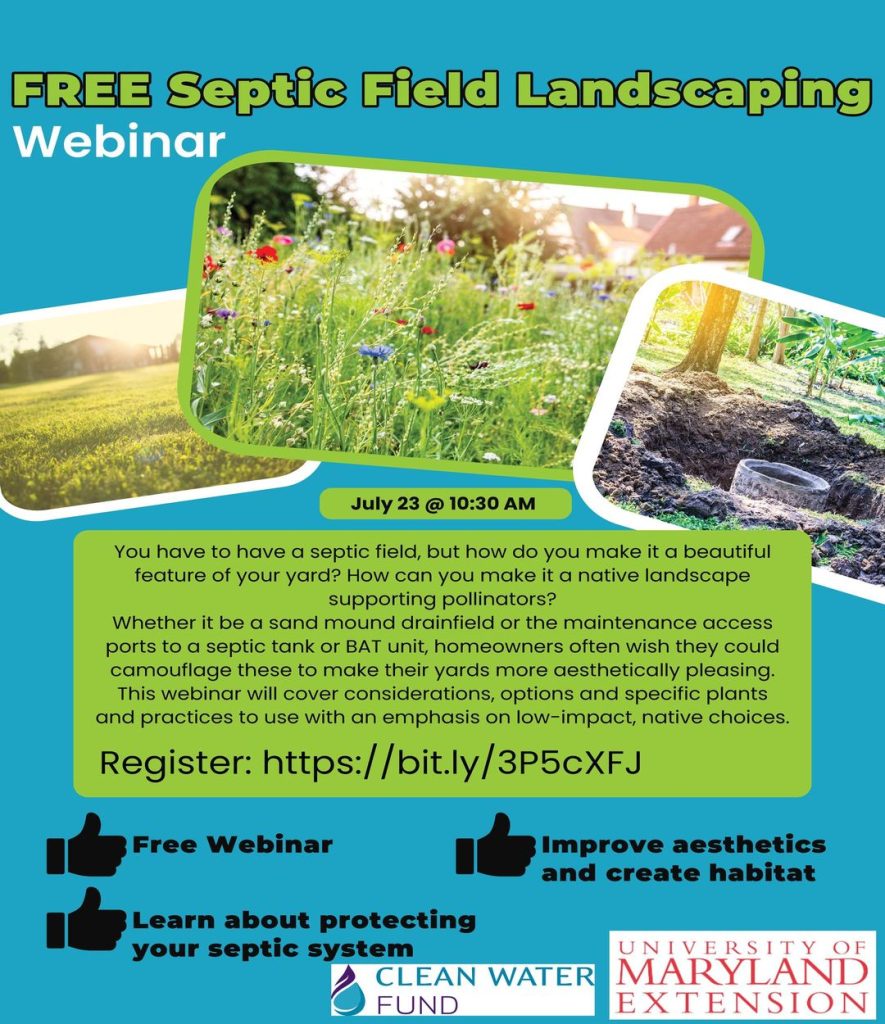
FREE WEBINAR on July 23 at 10:30 a.m.: Learn how to landscape a septic field so that it is aesthetically pleasing and supports pollinators with native plants.
Farm Tour 2022
July 23-24, 2022
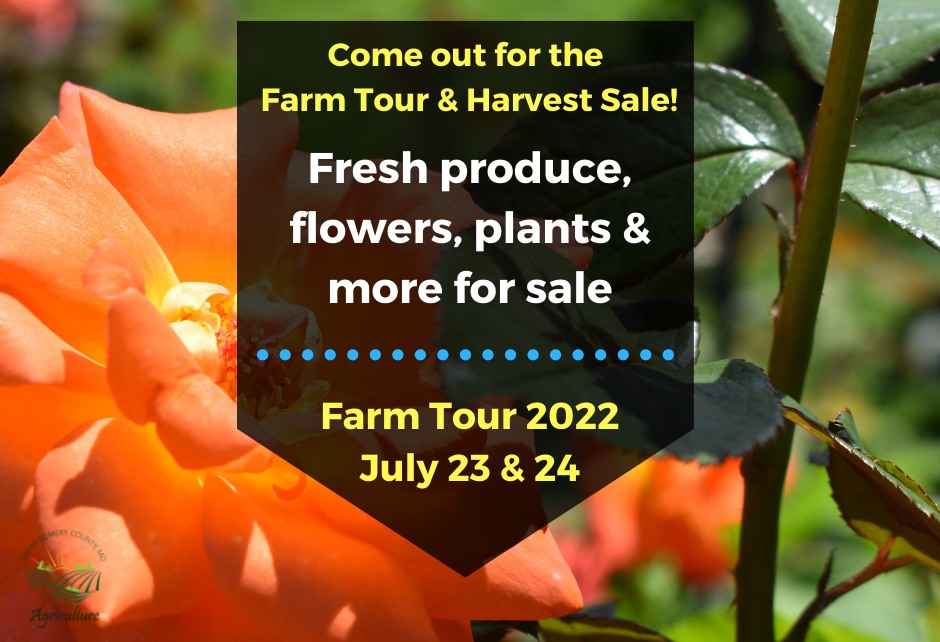
Did you know that many of the farms on the Farm Tour and Harvest Sale offer fresh, local fruits, vegetables, flowers, plants, and more for sale during the tour? You can tour the farms, enjoy hayrides and music, and buy local to support your local farms.
https://www.montgomerycountymd.gov/…/far…/farm-tour.html
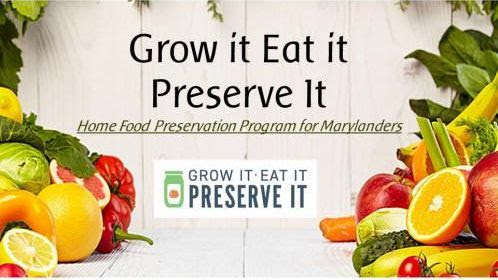
Preserve Your Harvest
Tuesday, August 30th, 2022 | 9 am – 12 pm | Virtual over Zoom | Free
Learn from UME Family & Consumer Sciences Senior Agent Shauna Henley how to properly clean, preserve, or even ferment your surplus veggies!
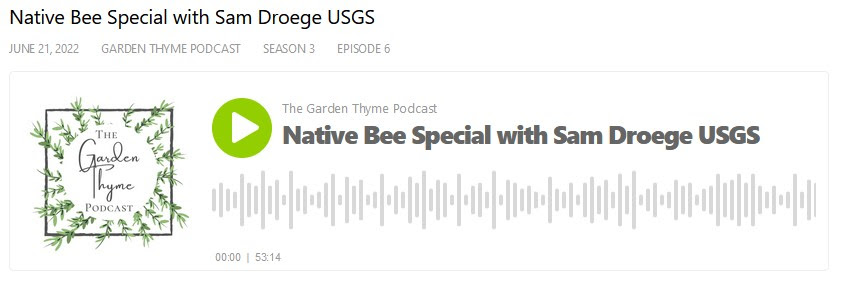
The Garden Thyme Podcast
Tune in from your garden! This award-winning podcast from the University of Maryland Extension brings you great conversations on hot topics in the garden. Listen to recent episodes on native bees with Sam Droege, abiotic disorders of plants, container gardening, and more!
Let’s Talk Gardens
Thursdays 12 to 1 p.m.
Smithsonian Gardens

Let’s Talk Gardens, a free lunchtime webinar series on garden basics on Thursdays 12 to 1 p.m.
We will be resuming our programs later in the season, so stayed tuned for weekly sign-up emails when we return.
“Grow” your gardening know-how! Our free online gardening program, Let’s Talk Gardens, covers a wide range of topics presented by our own professional staff, as well as guest speakers.
And we encourage you to watch videos in our Let’s Talk Gardens Video Library.
